Tsikorny salad - the best varieties and agricultural technology
It is believed that the homeland of the plant is Asian and African countries, from where the culture spread throughout Egypt and the Mediterranean. In western Europe, the plant began to gain popularity only in the 16th and 17th centuries.
In contrast to ordinary lettuce, the leaves of cykoric lettuce are distinguished by a high content of bitterness, due to the presence in the composition of a substance called intibin, which maintains the body in good shape, improves appetite and digestion. Culture is a storehouse of vitamins and minerals, and therefore has a positive effect on the nervous system, promotes metabolism, liver function and circulatory and choleretic systems. Salad is actively used in the diet of diabetics. Fresh green parts of the plant are eaten, which are also suitable for stewing and cooking. Some varieties of cykory lettuce form root vegetables, which are used to make a coffee substitute, chicory.
Content:
- Cycornic salad: characteristics and varieties
- Growing lettuce: reproduction and planting
- Leaves whitening activities
- Harvesting and storage of crops
- Diseases and pests
Cycornic salad: characteristics and varieties
Cycorium salad belongs to the Aster family from the genus of wild chicory (Cycorium). There are several forms belonging to the same botanical species, which form a developed leaf rosette:
- Escariol (Cyrconium endivia latifolia) - the rosette is formed from solid, petiole leaves with straight or wavy edges. Escariole salad (white chicory) is a two-year culture that forms a large loose head of leaves, the number of which reaches 85 or more. The shape of the leaves is round-wide, the plate is solid with smooth or wavy edges. Interestingly, large leaves are formed in late-ripening varieties. The color of lettuce leaves depends on the varietal group and varies from pale yellow to deep green. The roots are not large, woody and branched. 2-3 months after the appearance of the first shoots, a tall, even peduncle is formed, and after another month the salad begins to bloom pink or blue.
- Endive (Cyrconium endivia crispa) - has strongly dissected curly leaves.
- Vitluf (Cyrconium intybus) is a perennial crop, which by the end of the first year of life forms not only lush rosettes of edible leaves, but also fleshy white roots, suitable for forcing winter bleached lettuce leaves. The following year, the plant blooms with bluish flowers, releasing long floral arrows. The varietal groups of witloof differ in terms of forcing and leaf color, which ranges from white to reds and yellows.
Cycornia lettuce is considered a biennial or perennial crop, however, it is often grown as an annual. The plant forms a developed root rosette of leaves and a branched root system... Stem leaf sessile with ears, covers the stem. Chicory salads have erect stems reaching a meter in height. It blooms with light blue flowers, which are collected in basket inflorescences. In escariola, they are enlarged, and in endive, they are small.
Plants form fruits that look like silvery-gray ribbed elongated achenes.
The culture is resistant to frost and can withstand temperatures down to three degrees. But it should be remembered that a low temperature during early spring planting provokes an early release of color. Varieties with a pronounced red pigmentation of the leaves are more resistant to frost.
Chicory salads are recommended to be grown in spring or autumn, when the daylight hours are short enough. In the extended summer daylight hours, color formation is accelerated. For cultivation fertile soil with a high cultivation capacity is suitable.
Growing lettuce: reproduction and planting
Sowing seeds for seedlings:
- Seeds they begin to sow seedlings in late winter or early spring. And placed in a dark place with a temperature of at least 10 degrees so that the salad does not bloom ahead of time.
- With the appearance of the first pair of leaves seedlings it is necessary to thin out, leaving an interval between shoots of about 10 cm. And when the diameter of the leaf outlets grows to 24-30 cm, the plantings should be thinned again.
- The growing time for seedlings is approximately 1-1.5 months.
- Seeds can be sown using belt and row methods, adhering to an inter-row and inter-ribbon spacing of 0.5 meters, and an inter-row spacing of 35 cm.
Good quality seedlings should have 2-3 pairs of healthy leaves. It is worth remembering that when picking it is not necessary to deepen the seedlings much - the base of the deciduous rosette must be left on the surface. After planting, the salad is well watered. Planting care consists in loosening, which must be carried out with utmost care so as not to damage the roots. The best option would be mulching seedlings and polyin as needed.
Chicory salads are quite demanding soil composition, they are suitable for light, well-fertilized soil with humus.
Preparatory earthworks begin in the fall. The soil needs to be dug to the depth of a shovel bayonet, in parallel adding compost (4-5 kg), superphosphate and lime (60 g each) to each square meter. If the soil is heavy, it is additionally necessary to add sawdust or sand (500 g per m2), which are treated with urea. Before planting the culture, the soil is again dug up and ammonia sulfur is added (10-15 g per 1 m2).
When watering, it is necessary to ensure that moisture does not get into the center of the leaves, otherwise decay may begin. After irrigation measures and rains, the soil needs to be loosened so that a crust does not form. Top dressing plants are rarely carried out. Usually basic is enough fertilizers provided that the preparation of the soil was carried out in accordance with all the rules.
Leaves whitening activities
Whitening of leaves of Cycorni lettuce is carried out in order to eliminate bitterness:
- 3 months after sowing or planting, the leaves of the culture are carefully collected in a bunch and tied with twine or ribbon, so that the lower leaves do not come into contact with the soil, otherwise the decay process may begin.
- Above it is necessary to build a shading shelter - stretch a dark film or cover with a box. The main thing is that sunlight does not fall on the plant, but there are holes for ventilation.
- Manipulations should be carried out in dry weather and it is imperative to inspect the leaves for the presence of wet drops. The whitening process takes about two weeks.
- The preservation of the bleached leaves is rather low, therefore it is recommended to carry out the procedures in stages, as needed.
- Watering during the bleaching process is carried out very carefully - moisture should not get on the leaves.
Harvesting and storage of crops
Late varieties of cyclic salads are able to survive in the beds until frost. If this option is not suitable for various reasons, then the plants are dug up together with the root and a lump of earth. The dug lettuce is placed in a damp, cool enough room, deepened into wet sand.
Chicory salad intended for storage it is not necessary to undergo bleaching, in a dark storage he will do it himself.
During storage, it is necessary to ventilate and inspect the leaves, which are regularly collected and removed. Cut the lettuce leaves as close to the ground as possible.
Diseases and pests
Like all representatives of the flora, cyclic salads are also susceptible to various diseases and attacks of harmful insects. Lettuce diseases:
- Gray and white rot can affect all parts of the plant that are above the ground. Signs of infection are the appearance of brown or watery-white spots on the leaves. With gray rot, the infection enters the leaf pockets (sinuses) and causes decay. And with white rot, the leaves are covered with a white bloom from the spores of the fungus. To prevent disease, you should observe crop rotation, do not plant salad in heavy acidic soils and do not overdo it with the introduction of nitrogen fertilizers.
- Powdery mildew can affect any part of the plant that is covered with a terry bloom. The development of the lettuce bush is suspended. It is especially difficult for the plant to tolerate infection during the period flowering and aging seed... It is necessary to adhere to the correct change of cultures. Affected weakened leaves are removed and destroyed. Plant residues after harvesting are removed from the field and destroyed.
- Edge burn - damage to a plant by rot, which rapidly spreads to neighboring plants and can ruin half of the crop. The disease provokes oversaturation of the soil with micronutrients.
From pests cyclic salads can be attacked caterpillar scoop, stem lettuce aphids, lettuce flies and cabbage flies, for which systemic insecticides are used.
Subject to the rules and recommendations, cultivation of cyclic lettuce can become a favorite hobby. A grateful plant will provide the family with a year-round supply of greens with a high content of useful microelements.
More information can be found in the video:



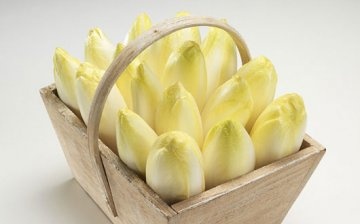
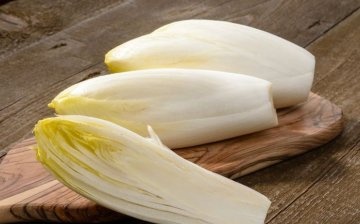
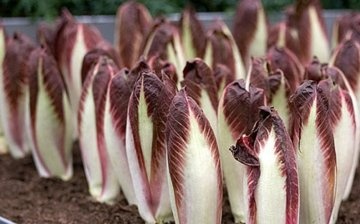


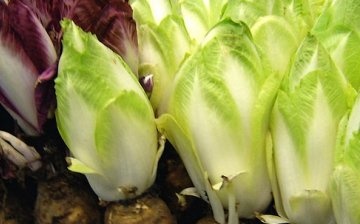






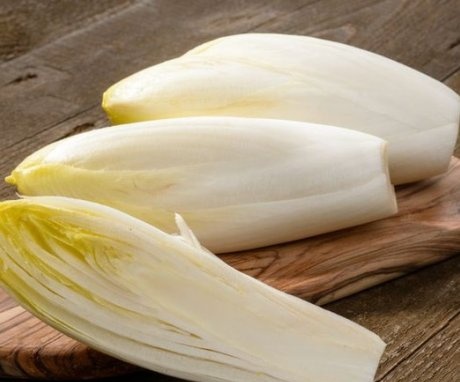
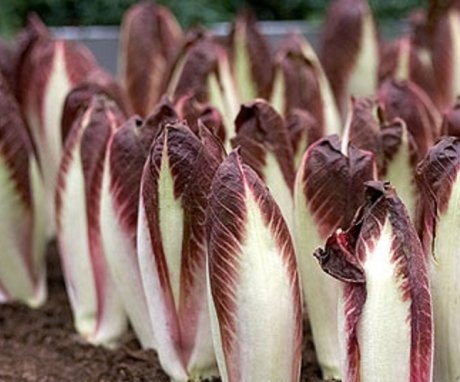
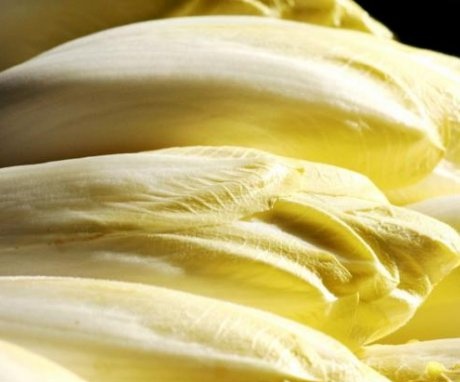
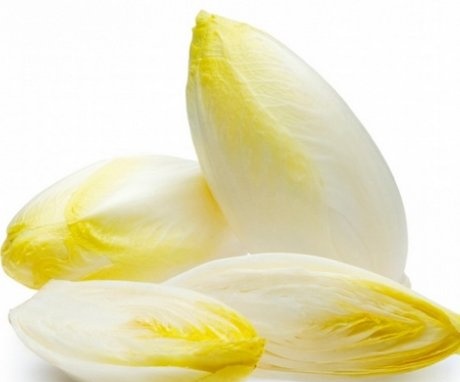
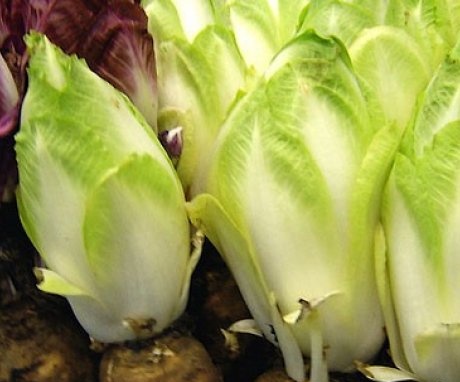
With the autumn planting of this unusual salad, I believe that I am already late, because the full cycle of plant growing is 3 months. Therefore, the salad will need to be removed at the end of October, and by this time we will have several night frosts in the region. If I find seeds, then I will try to plant a cyclic salad next year.